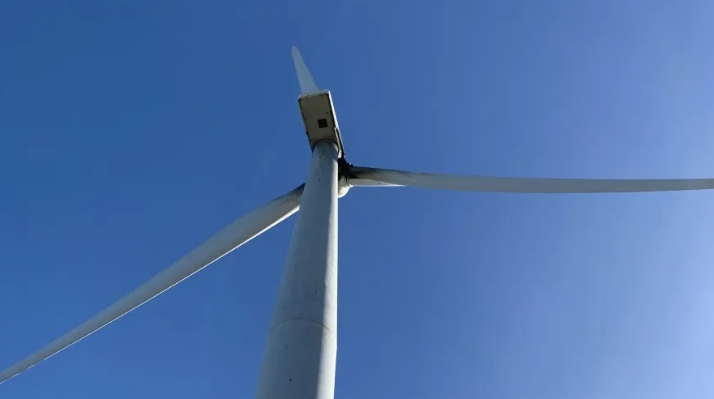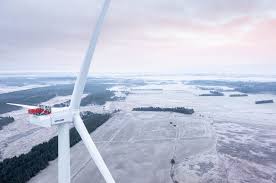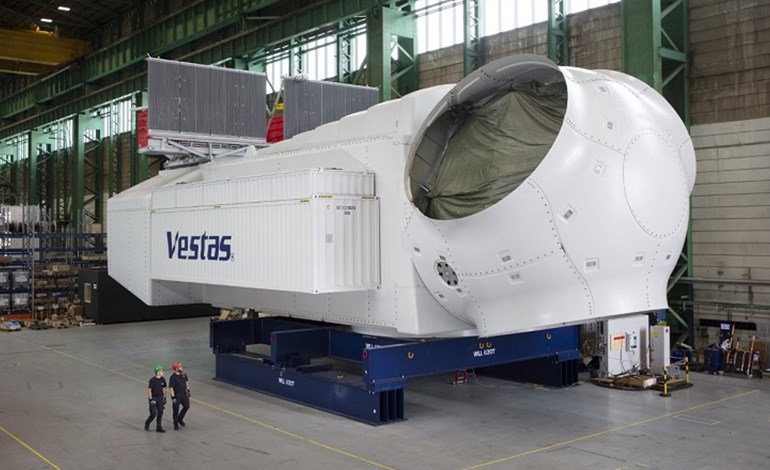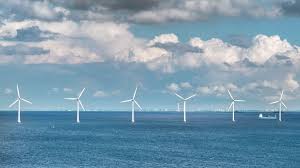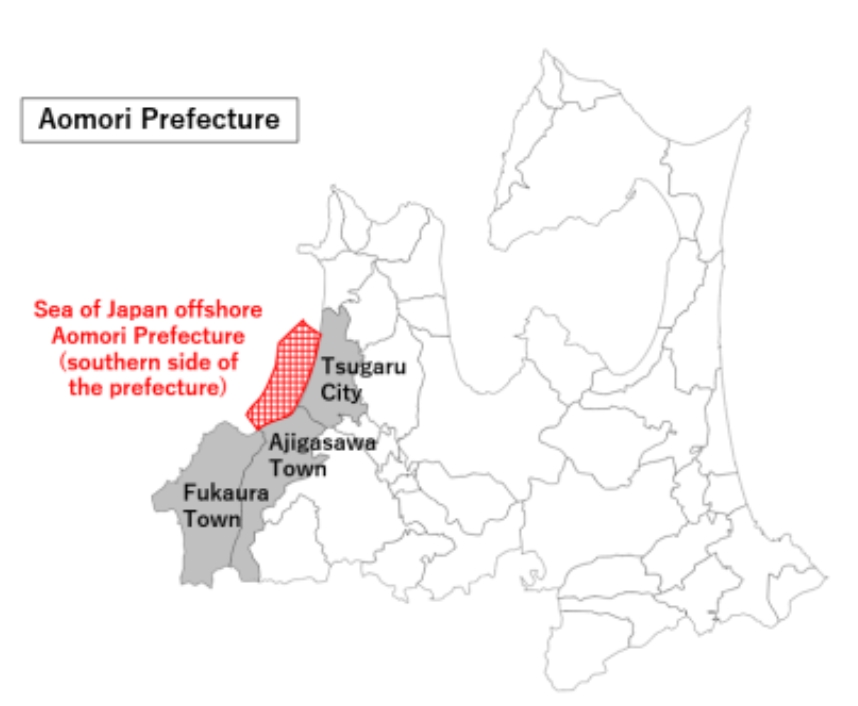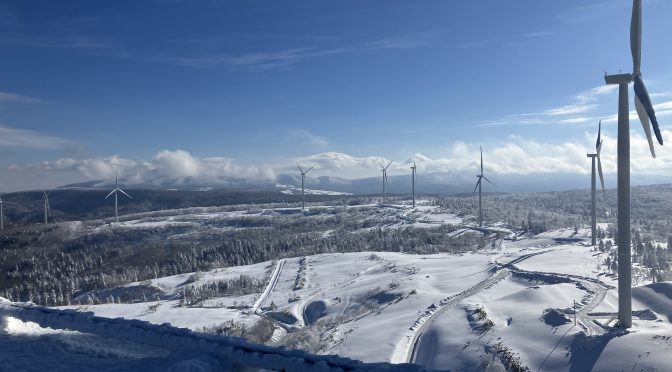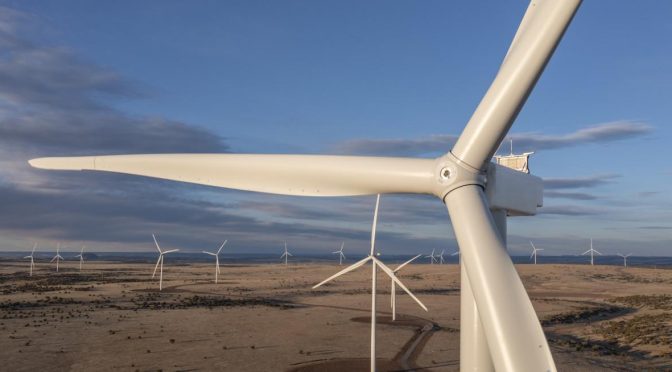The 96MW Erebus development, which is expected to be brought into operation “in 2025/26” in 70 metres of water some 45km off Pembroke, is being looked to as the flagship of a more ambitious build-out in the Celtic Sea basin, which is calculated to be home to a potential of 50GW of capacity.
Total CEO Patrick Pouyanné said his company’s entry into the floating offshore wind market through the Erebus project “confirm[ed] its ambition to contribute to the development of renewable energy worldwide”.
“Floating offshore wind is an extremely promising and technical segment where Total brings its extensive expertise in offshore operations and maintenance,” he said. “Total has the appropriate skills to meet the technological and financial requirements that determine the success of future floating offshore developments.”
Simply Blue managing director Sam Roch-Perks stated: “We saw a huge opportunity for floating wind in the Celtic Sea when we first ventured down there in 2016 [to explore developing wave power in the area] – while everything was going on in bottom-fixed [offshore wind] off the east coast of England and all the floating demonstrators were jockeying for place off Scotland.
“Back then [the floating wind resource in the Celtic Sea] wasn’t really defined, now it is; there is grid looking for power; and there is a history of shipbuilding and maritime industry in the area – these are the main reasons we really see it making clear sense,” he told Recharge.
“Together [with Total] we will progress the first stepping-stone projects that will allow the local supply chain to build up their capabilities to help deliver the larger projects that will be developed for the 2030s,” said Roch-Perks.
Current project development plans for Erebus – where Simply Blue’s modelled 10-metres-per-second wind speeds will be checked by a floating Lidar-based resource measurement campaign to start “soon” – are fashioned around an array of 8-12MW turbines mounted on WindFloat semisubmersible platforms supplied by Principle Power, with produced energy flowing to shore and into an existing grid connection at Pembroke.
Principle Power CEO João Metelo said: “We have been working with Simply Blue Energy on the development of these sites for some time now and it is really gratifying to see the first project taking shape. Erebus represents a major step for the industry, both in terms of its size and in terms of its location in Welsh waters, demonstrating that the potential for floating wind in the UK is not limited to Scotland.”
As well as Erebus – named after the famous Antarctic exploration vessel built in the Pembroke dockyard in the 1820s – Metelo said Principle Power was “looking forward to helping develop other sites in the years to come”.
A “big picture, high-level” resource assessment by London-based consultancy ITPEnergised of the Celtic Sea basin, a swathe of water sprawling between the UK, Wales Ireland and France, calculates a technical resource as great as 100-250GW.
“The only reasons we can see that this basin hasn’t been developed to date is technological. The technology wasn’t there yet, now it is,” said Roch-Perks.
Another good reason to believe in floating wind in the Celtic Sea is it is thought to inhabit a “different weather system” to that of the North Sea – which would align neatly with UK’s current Contracts for Difference consultation that wants to broaden the net for offshore wind development off Britain.
“There are no hard numbers on this at the moment but if it is then this a resource that could help immensely in keeping the lights on in the UK as we head for net-zero,” noted Simply Blue director Christoph Harwood.
“[Developing floating wind power in the Celtic Sea] is like being in Aberdeen in the 1960s [before the North Sea oil adventure began] except from Pembroke we look out onto a sea that can deliver wind energy, helping the UK reach its 2050 net-zero target.”
Developing Erebus, which is being advanced through the UK Crown Estate’s ad hoc leasing programme, would be as much about regional economic development as wind power production, providing a foundation for a £60m ($70m) project that would create an industrial hub with fabrication yard and R&D centre for marine engineering at Pembroke Dock Marine.
“We are at the beginning of an industry much like we were some years ago with bottom-fixed offshore wind – which just happens to use floating platforms,” said Harwood. “Here is an opportunity for Wales to build a new local supply-chain – the stepping-stone approach would allow companies to grow in time with the development of this resource.
“This approach is important for the supply chain. If 500MW floating wind projects turned up here suddenly in the 2030s, most of the local suppliers would not have a seat at the table – and it also fits well with the government’s industrial strategy of ‘levelling up’ [areas of the UK not currently seeing high investment].”
More widely, according to report from the Offshore Renewable Energy Catapult, “a first gigawatt” of floating wind power in the Celtic Sea would create as many as 3,000 jobs and almost £700m in supply chain opportunities for Wales and Cornwall in the coming decade alone.
Secretary of State for Wales Simon Hart said: “With support from the UK government the offshore wind sector has flourished, creating thousands of jobs in low-carbon industries and their supply chains. The development of a floating offshore wind project in Welsh waters would bring investment into the west of Wales and generate hundreds of high-quality jobs.
“Companies across the country involved in the development could play an integral role in accelerating the shift to clean growth and help us to reach our aim of net-zero emissions by 2050.”
Analysts range widely in their 2030 global forecasts for floating wind, with estimates spread from as little as 6GW up to almost 19GW – with arrays in development in all major maritime regions and over 20GW of commercial-scale projects in early planning – and the build-out all influenced by how quickly levellised cost of energy numbers can be brought down to be competitive with conventional offshore wind.
